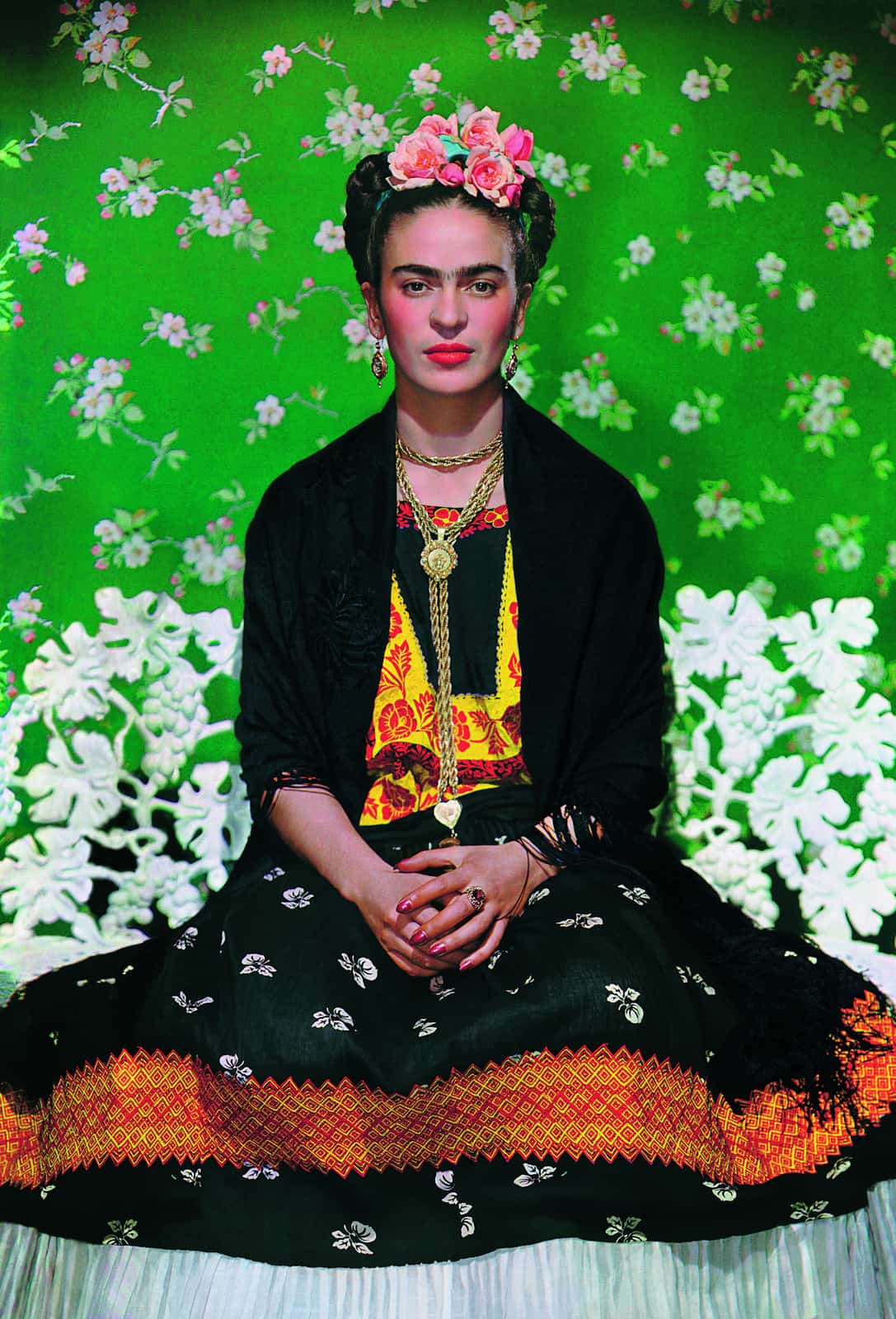Frida Kahlo may be modern art’s most enduringly fashionable figure. In recent years, her likeness has appeared on nail polish and tequila bottles, espresso machines and purses—and even in the form of a controversial Barbie doll released this spring. But for all the apparent overexposure, one part of her life always remained off-limits: her clothing. After Kahlo’s death in 1954, Diego Rivera locked her wardrobe inside a bathroom at La Casa Azul in Mexico City, where it remained sealed and unseen for half a century.

This month, London’s Victoria and Albert Museum debuts Frida Kahlo: Making Her Self Up, the first time this long-hidden collection will be seen outside Mexico. Through displays of clothing, jewelry, hand-painted corsets, and other personal effects, the exhibit shows how one of the 20th century’s most recognized artists constructed her identity—and why her style-icon status endures today.

“Kahlo was ahead of her time,” says cocurator Circe Henestrosa, “a cult figure that has been appropriated by feminists, artists, and fashion designers.” Henestrosa identifies Jean-Paul Gaultier’s spring/summer 1998 collection (which featured models in tiered skirts and flower crowns) and Riccardo Tisci’s fall 2010 haute couture collection for Givenchy (which highlighted religious and anatomical motifs) as key examples of her impact on the fashion world.

Henestrosa notes that Kahlo used her “striking appearance as a political statement,” crafting her image to reflect her mestizo identity at a time when much of Mexican society was wearing European designers. Examples on view include her traditional Tehuana garments—rebozos (shawls), huipiles (embroidered square-cut tops), and long, ruffled skirts—as well as items from her personal makeup bag, including the ebony Revlon eyebrow pencil she used to emphasize her famous unibrow.
Henestrosa’s favorite item, however, is Kahlo’s prosthetic leg, which wears a red leather boot decorated with bells and appliquéd silk embroidered with Chinese dragons. “She turned her prosthetic leg into an avant-garde object,” Henestrosa says.

